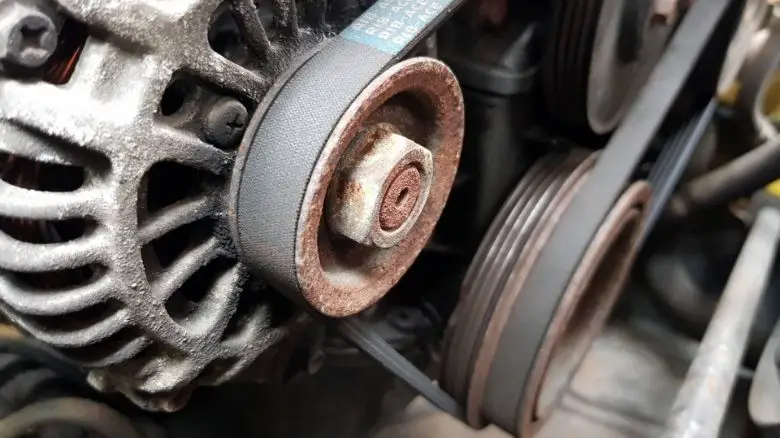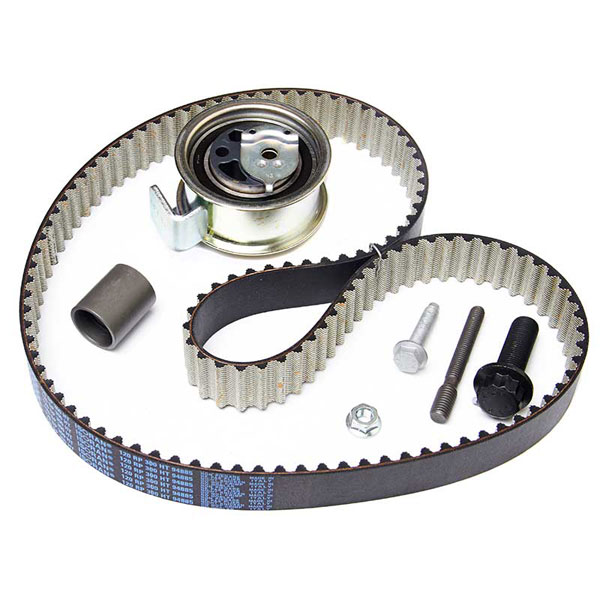

Misfires occur when the cylinders open or close at the wrong time in your engine and the air and fuel mixture doesn't get injected at the precise right time to allow for a combustion to occur. Be on the lookout for these symptoms and they'll let you know that you need to have your timing belt looked at.Įngine Misfires : Although there are a lot of things that could end up causing a misfire in your vehicle, a problem with the timing belt is one of the more common ones. When your timing belt has gone wrong in some way, either the teeth have begun to wear off or break apart, or the belt is slipping from the gears, you're going to notice some prominent issues in the way it performs. They are more expensive, but the trade-off may be worth it in the long run. Timing chains can last much longer than timing belts and are not susceptible to the same kind of wear and tear because they're made of metal. The rest is history.Ī number of modern vehicles, particularly more high-end vehicles, have begun switching back to timing chains instead of timing belts. Rubber is cheaper than metal and was easier to produce. During this time the timing chain was replaced with a timing belt in many vehicles. In the 1970s in particular, auto manufacturers were looking at ways to save costs during the oil crisis so that the price of vehicles could be kept down. Timing chains were the norm in older vehicles. Even though it's just made of rubber, a new timing belt could cost you between $100 and $200 just for the part.Ī timing chain performs the same function as a timing belt but, as the name suggests, the timing chain is made from metal. It's meant to operate in the high temperatures of your engine, and of course it is a high-performance piece of equipment.


If they're damaged or missing, your timing belt will not work properly, and that can throw your engine off.Īs we said, a timing belt is made from rubber. There's a potential if something goes wrong for those teeth to wear down and even break off. The inside, the part that is attached to the gears features rubber teeth that catch on the gears and allow the belt to rotate and turn with the camshaft in the crankshaft. It slips over gears that are found at the end of both the camshaft and the crankshaft. The camshaft and the crankshaft must be working and precise synchronisation to avoid serious damage.Īs the name suggests, a timing belt is a rubber belt. If it slips off entirely for instance, you could end up having a catastrophic engine failure because the parts are no longer working in order. There's a potential risk of serious damage if your timing belt isn't working properly.


 0 kommentar(er)
0 kommentar(er)
